|
Portugal - Lisbon |
 |

Lisbon - March 2001
|
Baixa
|
|
The Baixa (pronounced bye-sha) is the heart of Lisbon, designed
by the Marquês de Pombal in a classical grid pattern after the great
earthquake. Many of it's streets are pedestrianised making
it a fine place for a stroll.
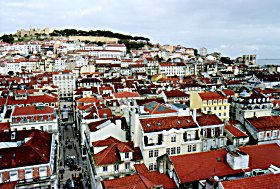
Baixa from the Elevador de Santa Justa
|
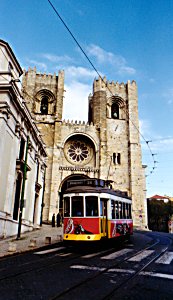
Tram at the Sé (Cathedral) |
| Alfama |
| When in Lisbon you must not miss taking a ride on
tram 28. It winds exquisitely up and down the narrow hills
that make up the Alfama district. |

Tram 28 |
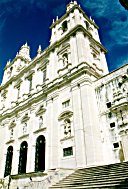
São Vicente de Fora

Inside |
| Praça do Comércio
|
| The Great Earthquake of 1755
flattened Lisbon's city centre, the rebuilding following it
created the Baixa, the centrepiece of Pombal's
design, however, was the Praça do Comércio, a great square by
the river, surrounded by classical royal and public buildings.
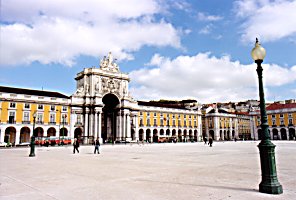
|
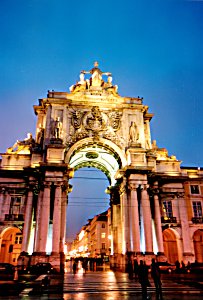 |
| Belém |
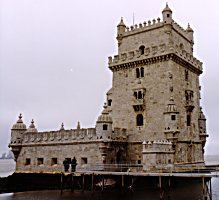
Torre de Belém |
Belém is home to the Mosteiro dos Jerónimos
(built 1502), it survived the great earthquake which left it as
Lisbon's finest Manueline building.
The Torre or tower, also in the Manueline style, used to stand
in the centre of the estuary guarding the entrance to the port of
Lisbon. An earthquake in 1770 altered the
course of the Tejo, and it now stands only a few feet away from land.
|

|
|

